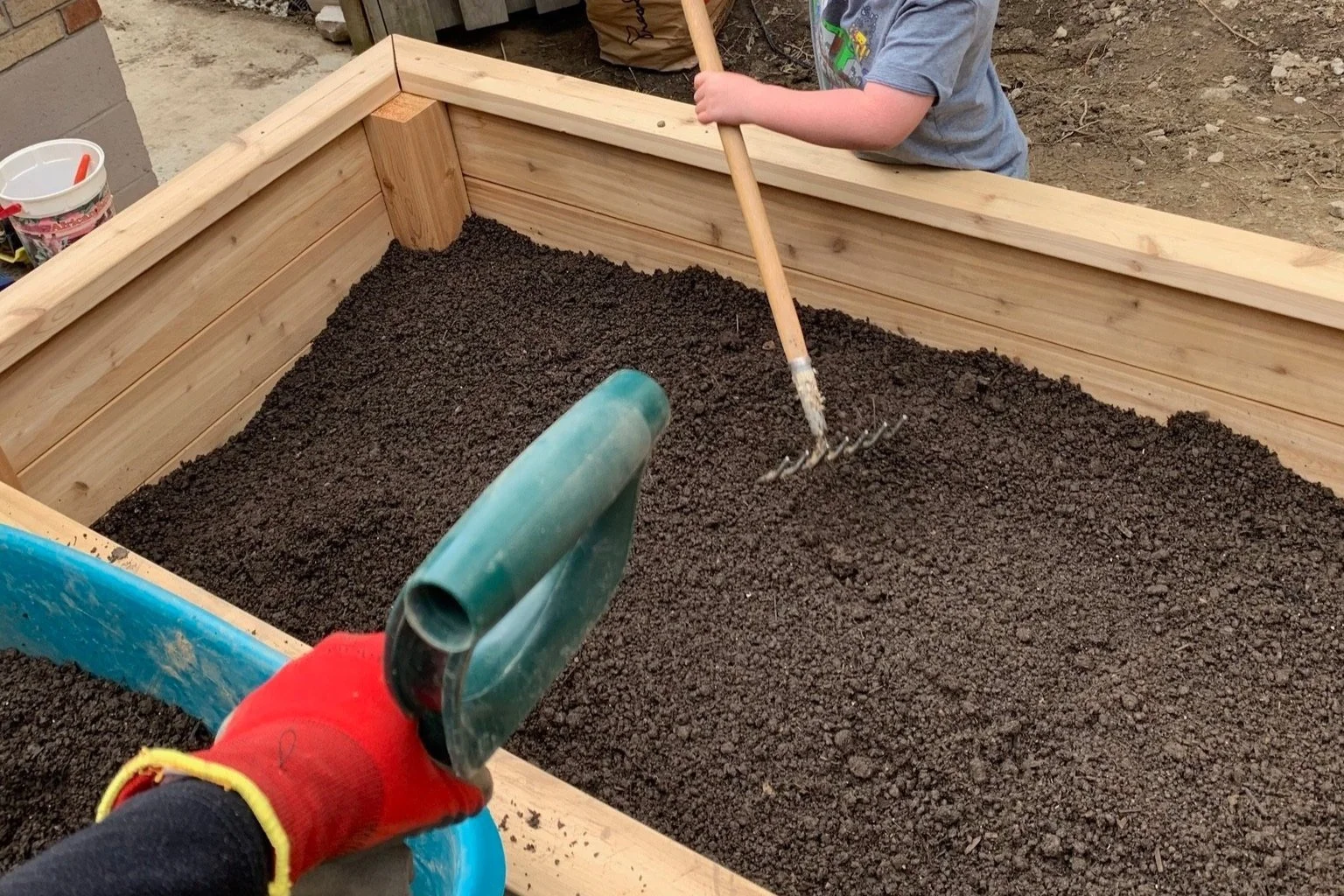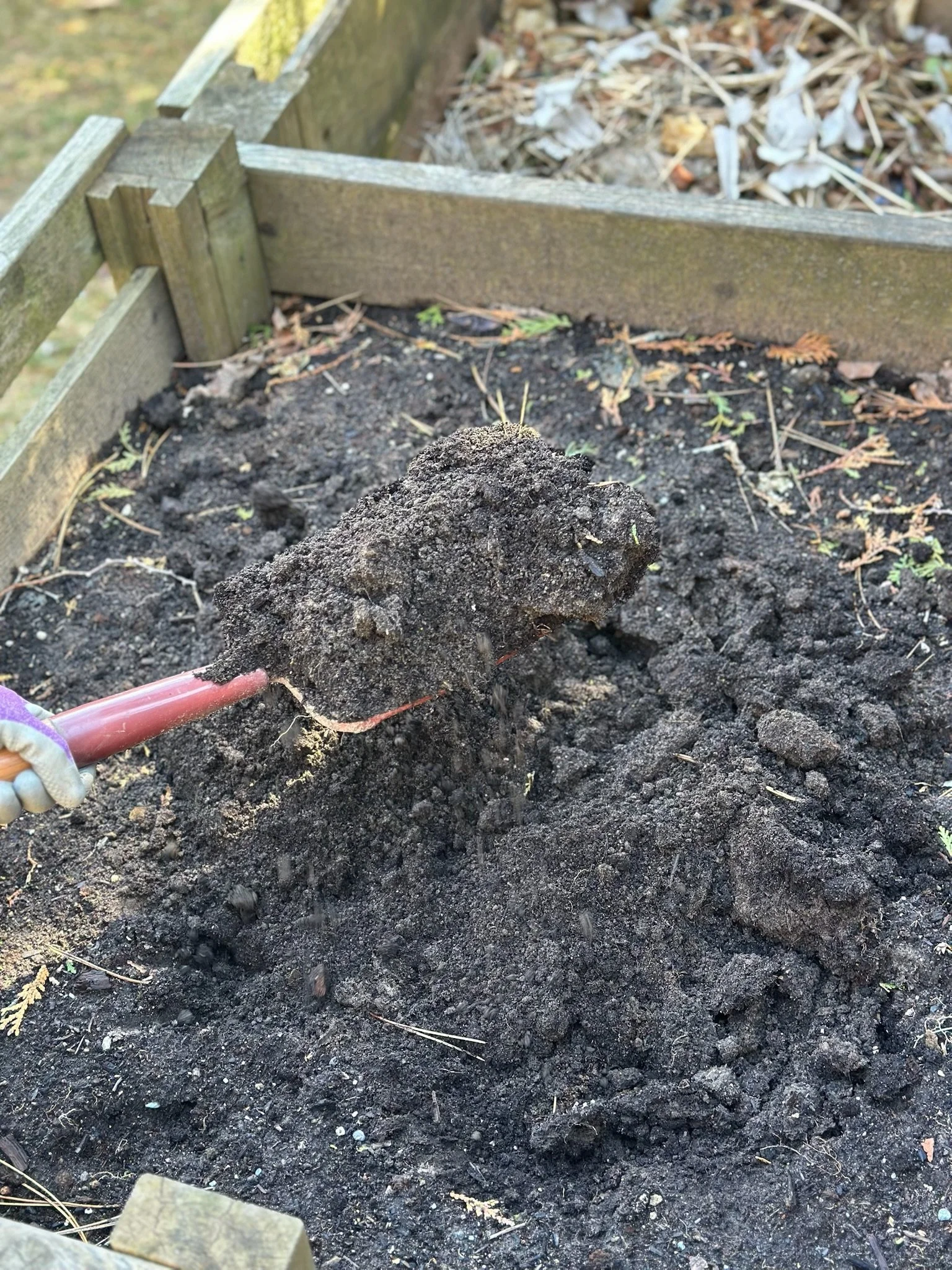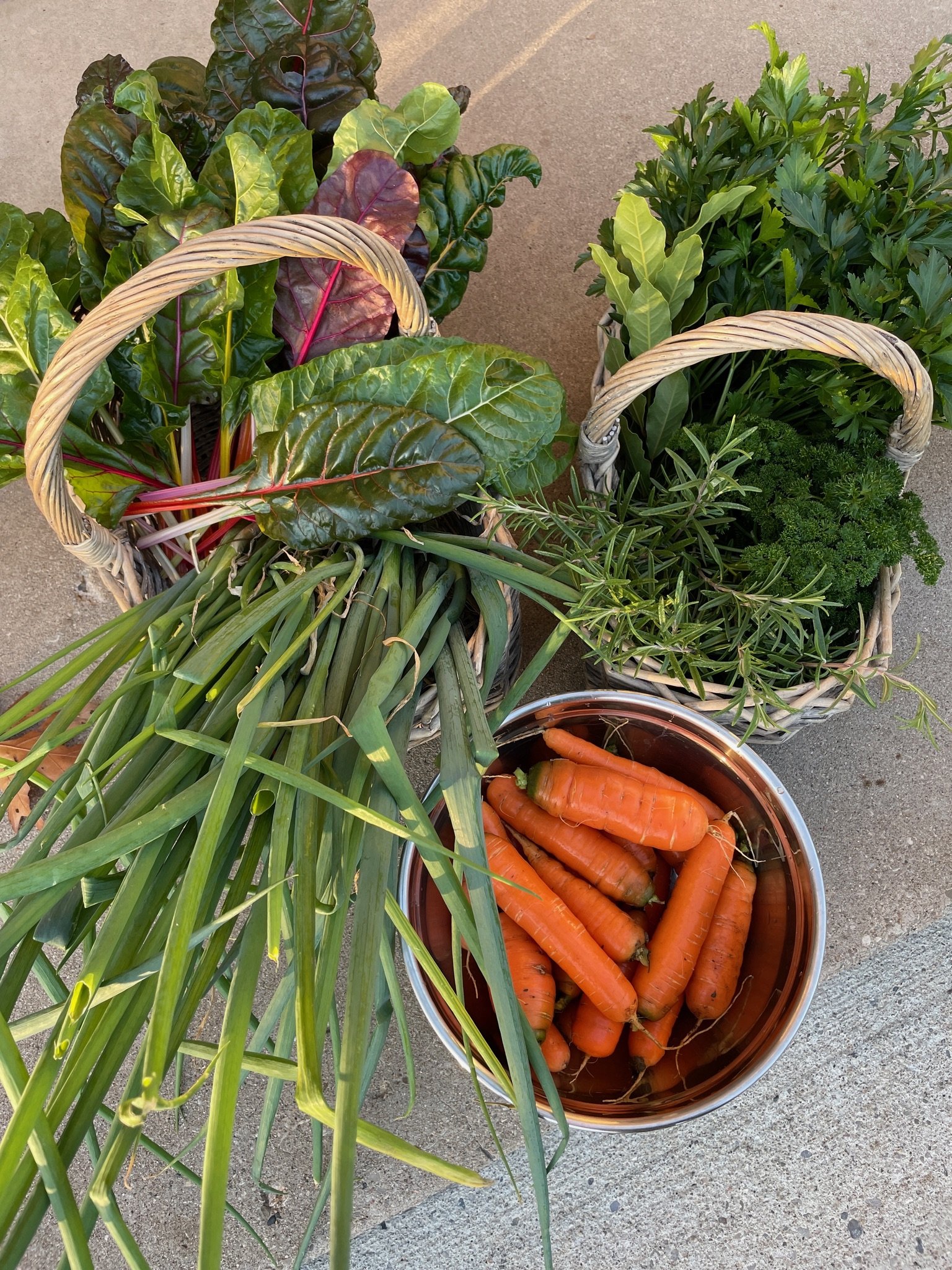Improving Soil Health
You might be thinking you have the worst soil type for growing plants on your property. You aren’t doomed! There are many ways you can go about improving your soil. Soil health is a crucial aspect of environmental conservation and sustainable agriculture. Whether you have a small plot of land or a huge farm, you should be thinking about your soil. Here are a few practices to enhance your soil health:
Crop Rotation: Make sure not to plant the same crop type in the same plot every year. Crop rotation is very important for vegetable gardening and we go into detail about this here: Vegetable Bed Rotation. Crop rotation can help with nutrient availability and breaking up pest and disease cycles.
Cover Cropping: Growing plants such as legumes, grasses, or some flowers as a cover crop will have many benefits for the health of the soil. Cover crops add organic matter to the soil in the off season. Legumes are nitrogen fixing or “soil boosters” and are a great cover crop to add some nutrition back into the soil. Just make sure not to use any plants that can potentially become a weed for you! We go into more detail about cover crops here Cover Crops.
Reduced Tillage: Have you ever wondered why you can smell that earthy smell after you till the soil? It actually has a name “geosmin”, which is caused by a type of beneficial bacteria “actinomycetes” dying when the soil is tilled. Soil needs these bacteria to stay healthy. This also ends up releasing more CO2 into the atmosphere. You can help the health of your soil and planet by minimizing soil disturbance. Tilling soil can also cause more erosion and messes with the structure of the soil.
Organic Amendments: There are many organic materials that could be added to soil to enhance fertility, microbial activity, and retain moisture. Using compost is a great way to add nutrients back into the soil. You can make your own compost, we dive more into composting here. There are also many types of animal manures to add into the soil that will help with nutrients and moisture retention.
Diversified Planting: Planting many different species of plants will help increase the biodiversity of the space and the soil. Different plants have different relationships with the microbes in soil. Diversified planting will also relate to companion planting which we talk a lot more about here Companion Planting.
Integrated Pest Management (IPM): Chemical pesticides and herbicides are terrible for the environment, soil organisms, and our health too. Here in Ontario we have a cosmetic pesticides ban, meaning we cant use chemical pest control. IPM is our best choice to safely control pests and weeds.
Soil Testing: Testing soil will give you a better understanding of the health of the soil. You can monitor nutrient levels, pH, and organic matter content. Knowing this information can help you make decisions regarding your soil health. We go into more detail about soil testing in Soil Type and Nutrition.
You don’t have to feel too overwhelmed by all of these. As we like to say, you can start small! Its better to start somewhere then not at all. If you care about the health of your soil and you want to increase the biodiversity in your area you can choose what works for you from this list. Try reducing the amount you till your soil and let those microorganisms do their jobs. It is not as scary as it may seem to get started with the health of your soil. Your plants will thank you and your vegetable gardens productivity will increase.



